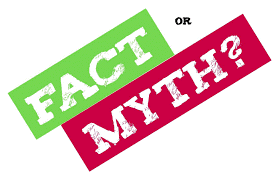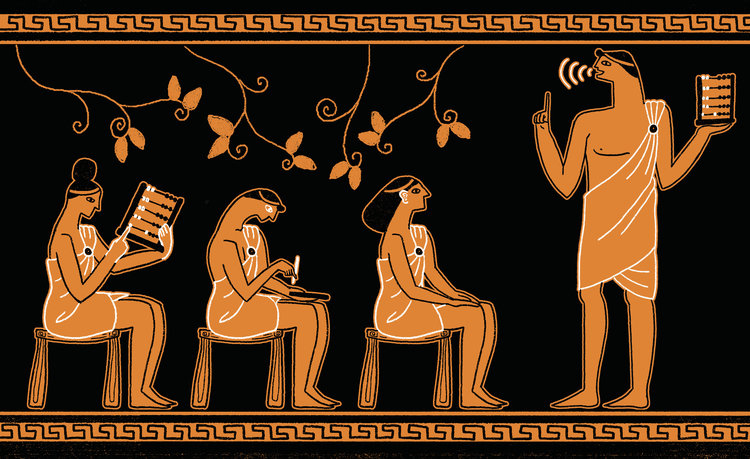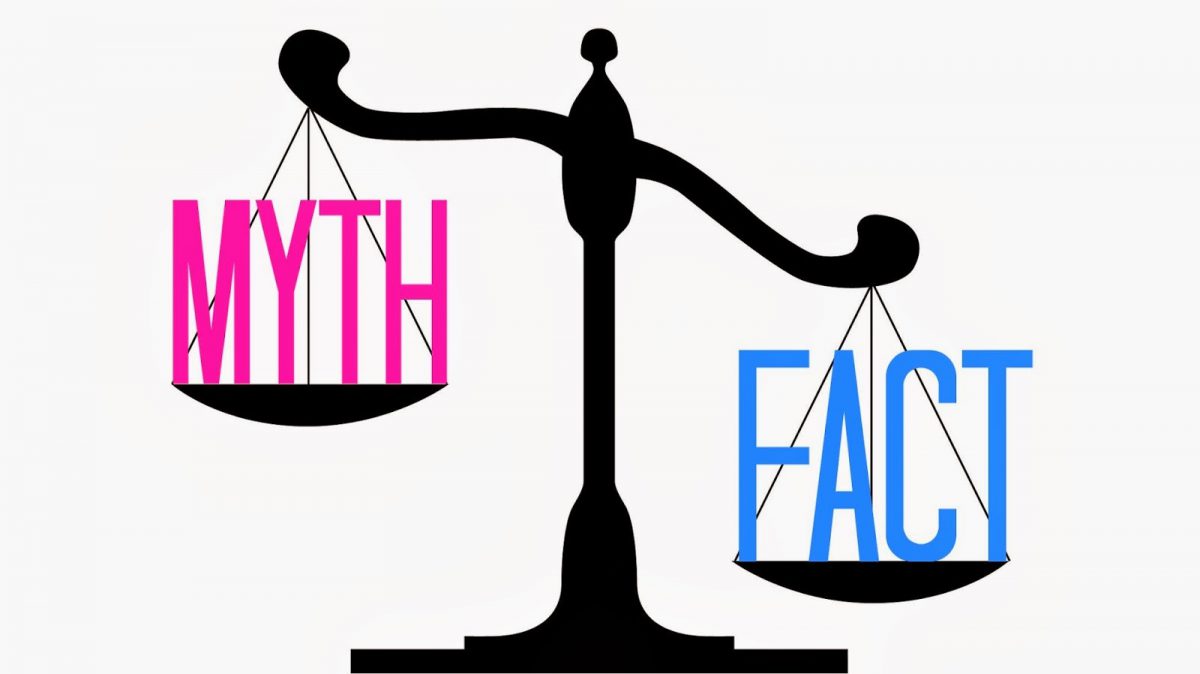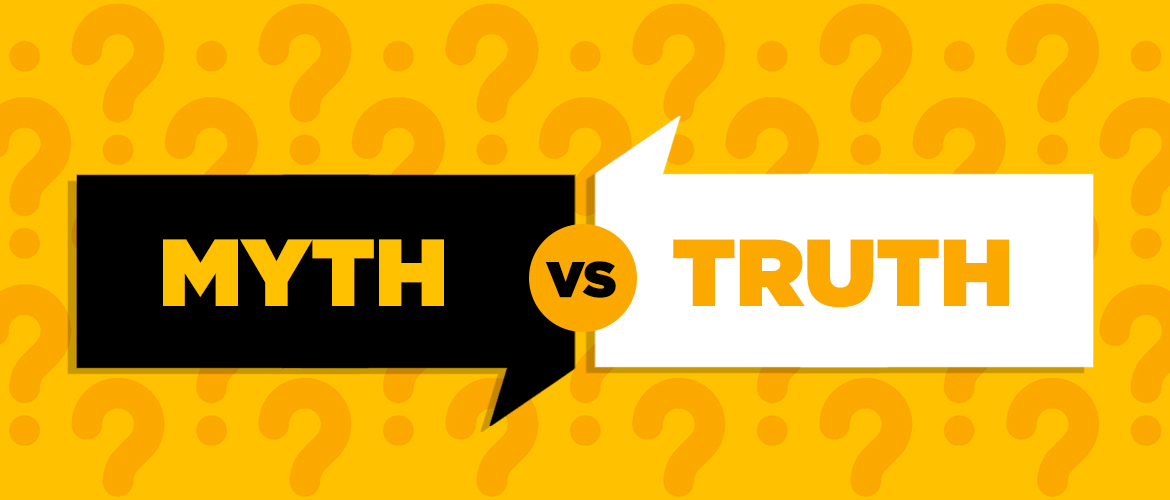 We’ve been collecting tall tales – statements and beliefs that many people in major gifts (or managers and leaders who have oversight of major gifts) actually believe are true. Many of them seem to be logical, reasonable and true.
We’ve been collecting tall tales – statements and beliefs that many people in major gifts (or managers and leaders who have oversight of major gifts) actually believe are true. Many of them seem to be logical, reasonable and true.
But…
The truth is that so many deeply-held “truisms” are NOT true. That is why Jeff and I, and our team, want to share them with you – so you can recognize them immediately and be able to respond to anyone who puts them forward.
I am going to write the next three blog posts on this subject, covering myths surrounding donors and donor strategy, what MGOs should be doing, and often-heard management myths (related to major gifts). Stay tuned; it will be fun and, at times, shocking.
First, donors and donor strategy…
The three big myths we hear surrounding donors are these:
- Major gifts should focus on the wealthy – Nothing could be further from the truth. The wealthy are NOT your targets. The willing are. They are donors who love your cause, want to engage, and are currently giving. (Tweet it!) You could target a billionaire and, after months of great effort, maybe you’d secure $5,000 (although it is highly unlikely). Or you could work with a current donor who is just a “regular” person and secure a gift of $200,000. Jeff and I often hear authority figures pushing and pressing their MGO to “go see if you can connect with that person (a wealthy person in the community). They have a lot of money.” As if there is a connection between the amount of money someone has and their interest in the cause! The willing should be your target – current donors, who by their behavior, are showing that they care and they can give to you.
- “Our donors are different” – This one makes my head spin around. I am in one city and the Development Director or Executive Director or someone in authority says: “Well, here in [insert city name], the donors are different.” What?!? Are you out of your mind? “Here in New York City the people are different, so we have to have a different approach.” What? Really? Donors are not different. They are people. Same heart. Same motivations. Same drive. No, donors are not fundamentally different.
- Donors don’t have a specific interest – Really? Do you really think that? If you do, it explains your lack of success in major gifts. Donors DO have a specific interest in your cause – there is something that you do that draws their interest. You need to find out what that interest is.
Then there are myths surrounding MGO Donor Strategy. Here are seven of them we have uncovered:
- A MGO can just research people online to discover passions and interests. Nope. Not true. You need to talk to the donor. A donor’s interests and passions are often buried deep in their hearts, and you have to win their trust so they will tell you. You will find clues online – clues that come from what they currently give to. But the real information will come directly from the donor.
- There is a “formula” that works for every donor. This is one of the most common myths operating in major gift donor strategy. “One size fits all.” It never works. Major gifts fundraising works best when a personalized plan is created for the donor that takes into account her passions, interests and communication preferences.
- A MGO can’t ask for more because the donor has always given the same amount. Where did you get that idea? The fact is that a donor wants to give more to a program they are interested in, where you can show that their giving is making a real difference.
- A MGO must get face-to-face with every donor. A MGO must have meaningful connections with every donor on his caseload. The old face-to-face thing is part of an old major gift paradigm where the thought leaders in major gifts put face-to-face encounters as THE most valuable event that could happen between a MGO and a donor. This is simply not true. A truly meaningful connection can happen on a phone call, in an email, via an old-fashioned letter, etc. And when it does, it can often lead to a face-to-face encounter. Set your mind to having meaningful connections with all the donors on your caseload.
- All donors want to have a face-to-face encounter with the MGO. No they don’t! Many want to communicate solely via email or phone, etc. Much like #4 above, the objective is for the donor to experience a meaningful connection with you and your organization.
- A MGO should take caseload donors out of direct response mailings. Another common and disastrous myth! You should never take a major donor out of your direct response program UNTIL you have a fully developed, functional relationship with the donor, and a replacement communication and solicitation plan is in place. This could take months (if not years) to develop. So leave them in the direct response program unless they specifically ask to be taken out.
- A MGO must ask the donor for a gift on every visit. Why would you do that? That would not be a normal cadence of your relationship. That’s sort of like asking your boss for a raise every time you have a meeting with her. Doing that will get old and obnoxious. And you will train the donor to believe that all your relationship is about is the money when, in fact, it isn’t. Your relationship with the donor is about helping that donor fulfill her interests and passions. Money is a result, NOT an objective. Use your encounters with your donor to build the relationship and to serve her interests and passions.
There you have it. Myths surrounding donors and donor strategy. It’s crazy what we have come to believe is true. Be careful to keep your head on straight in this area.
Richard
Read the whole series:
1. Donors & Donor Strategy
2. MGO Activity
3. Managing a Major Gift Program






Yes, yes, yes! Have you folks been lurking in the offices of my past employers???
So much wisdom in this post, as always. Thanks for being a champion for major gift fundraisers.
Everything you said is so true. Excellent advice that I will share with others. Thank you!
I simply love your blogs. That is what led me to buy your book “It’s not just about the money” . I’ve learned so much from you. Thank you. Sandra
This is great and very helpful to us!